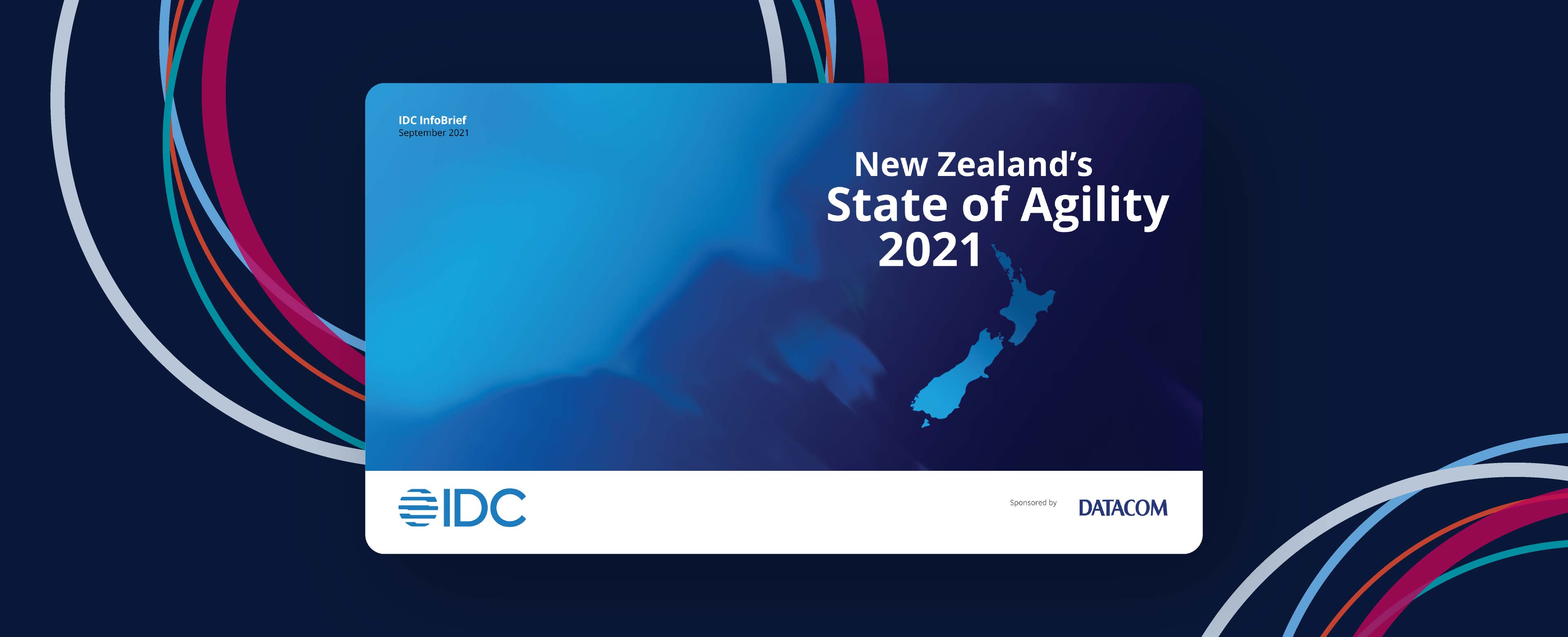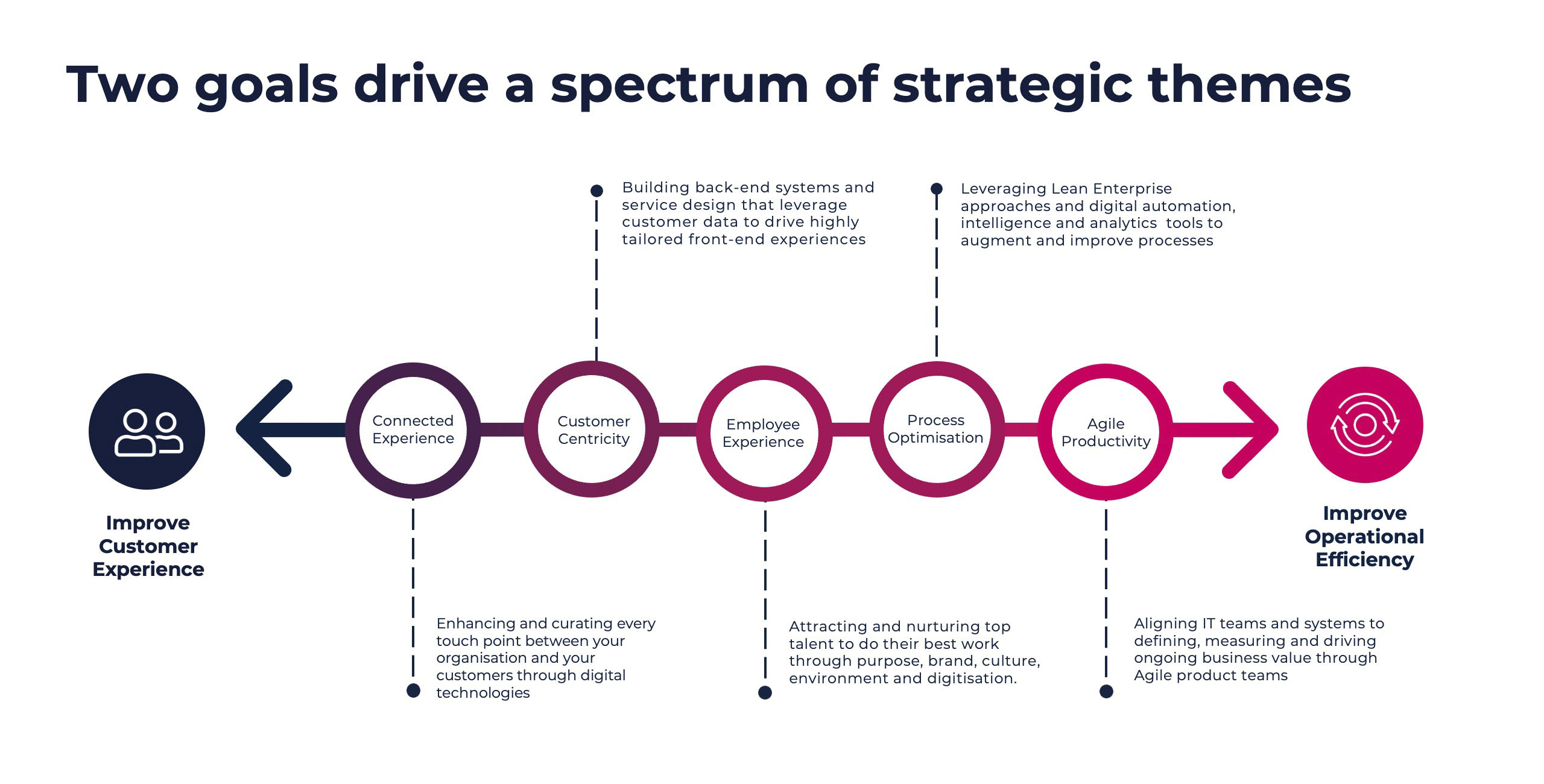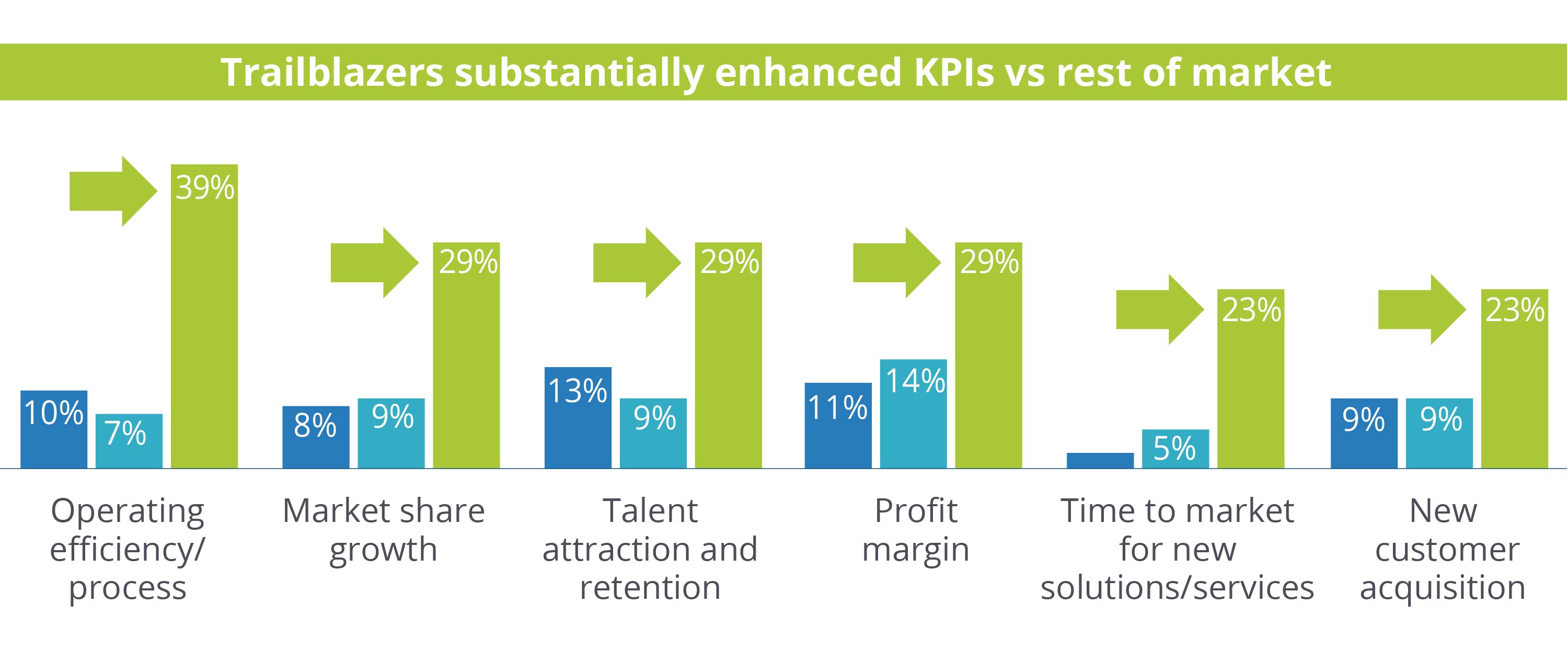Do you have a question? Want to learn more about our products and solutions, the latest career opportunities, or our events? We're here to help. Get in touch with us.
Do you have a question? Want to learn more about our products and solutions, the latest career opportunities, or our events? We're here to help. Get in touch with us.
We've received your message. One of our experts will be in touch with you soon.

At Datacom, we believe our kaupapa (the Māori word for purpose) is to help our customers and communities navigate the complexity of this ever-changing world we live in by connecting people and technology, and solving their greatest challenges. As the market leader in technology services, Datacom has a unique viewpoint into New Zealand’s digital agenda. Our kaupapa drives us to collect, analyse, and share the insights we gather back to our community — to help New Zealand succeed in a digital-first world.

In this tradition, we recently commissioned IDC, the premier global provider of market intelligence, to create a survey as part of the inaugural IDC New Zealand's State of Agility 2021 report. The results gave us a unique local insight into how New Zealand’s senior business and government leaders are shaping their organisations to respond to the greatest business challenge of our generation — rapid change and increasing uncertainty in a hyper-connected, digital-first world.
When we talk about agility, we’re not talking about a project methodology. We’re talking about an organisation’s capability to rapidly adapt its people, processes, and platforms (the three p’s) to change. It’s how leading organisations are responding to an increasingly uncertain, more volatile world. How does the word ‘digital’ apply? Much of that change — and the response to that change — is digital by nature.
The survey results show that three-quarters of our respondents are confident about the future and the vast majority believe that digital agility is important to achieving that optimistic future. Critically, the majority of those surveyed (78 per cent) have improved their agility in the last 12 months and have strategic plans in place to improve their agility further. Put simply, agility is a top priority for New Zealand businesses and their leaders.

While agility is a strategic priority in itself, the purpose of gaining agility is to enable organisations to better achieve their strategic goals. The survey results laid out two clear primary goals for New Zealand organisations: to improve customer experience (CX)/satisfaction (top-line improvement) and to drive better operating efficiencies (bottom-line improvement).
There are five clear themes underpinning these primary goals:

What I find most interesting is that these themes are interconnected and interdependent. For example, understanding customers (customer centricity) is key to providing greatly connected and highly personalised customer experiences. However, employees typically have a huge impact on customer experience too which makes employee experience a key consideration for great CX and customer centricity important for employee experience. This carries right through process optimisation and agile productivity on the operating efficiency side of the strategic spectrum.
IDC asked leaders to rate their organisation’s agility levels and then they followed that up with a number of qualifying questions, specifically designed to assess in a more subjective way where they actually rated. The results are fascinating.
Firstly, 91 per cent of leaders rated their organisation as being on par or more agile than their industry peer organisations. When we analysed the subjective data, it revealed a very different picture.
IDC found three clear states of agility across New Zealand companies. They named them opportunists, explorers, and trailblazers – covering a spectrum from more traditional, slow, hierarchical organisations (opportunists) through to the dynamic, digital-first, highly agile organisations (trailblazers).

Only 13 per cent of the organisations fell into the trailblazer state. Furthermore, nearly half the businesses surveyed were stuck in the lowest tier. What’s clear is that there is a massive and potentially dangerous dissonance between the views of senior leaders and the reality on the ground in the organisations they lead. We are nowhere near as agile as we think.
So far, we know that New Zealand leaders overwhelmingly believe digital agility is important to achieve success and that the vast majority also have strategic plans in place to improve their agility capability. Given that so few of them actually fall into IDC’s trailblazer category, where are they all going wrong?

The results bring us back to the three p’s: processes (organisation structure), people (culture), and platforms (technology) are struggling to keep up with the increasing pace of change. This points to where leaders can look to make their agility plan successful and ensure their organisation makes it to the trailblazer state as quickly as possible.
A traditional organisational structure with multiple hierarchical layers and complex, rigid processes is by its nature slow to respond. Messages from the top need to filter through the layers to reach operations and market signals are distorted.
Highly responsive and agile organisations have flat leadership structures and empowered, autonomous teams that can sense-change and adapt quickly. They change shape like an evolving organism rather than traditional organisational structures that are robotic and rigid. Successfully adopting this fluid organisational structure requires a new mindset, which is where culture comes in. When the culture is right, it is the foundation for success; conversely, when the results show it’s a major inhibitor, it’s not.
The last of the three p’s (platforms) is a significant problem for most large organisations. Look under the hood of any organisation with more than 200 staff and you’ll find a complex hairball of legacy technology products and platforms layered over the top of each other year after year. This has only increased in recent years as the speed and throughput of technology projects has increased exponentially.
Complexity is a burden to moving fast and therefore a barrier to agility. Agility trailblazers design their platforms as evergreen, highly-composable stacks that can be quickly recomposed and morphed to adapt to change to create new business value.
Many leaders struggle to quantify the cost of pursuing a digital agility strategy and also the value that it can bring to their organisation once achieved. Perhaps this is because it can’t be bought off a shelf or planned waterfall methodology from start to finish — organisational structure, processes, and culture are an iterative, experimental change exercise. It ironically takes agility to become agile.
Many (rightly so) simply view agility as a non-negotiable. They can’t afford not to embrace agility. To remain rigid and slow to respond to an increasingly volatile and uncertain world of change is a recipe for irrelevance and eventually extinction. However, a strategy without quantifiable benefits is still hard to get across the line.
The IDC report has uncovered clear and compelling New Zealand evidence — agile organisations are three times more likely to outperform peers in operating efficiency, market share growth, talent attraction and retention (a key growth constraint for many organisations currently), profit margin, time to market, and customer acquisition. In fact, trailblazers outperformed the other groups in every metric measured. The benefits are now quantified and they’re powerful.

If you’re looking to drive a business case to make digital agility a strategic priority for your organisation, we now have these metrics to drive that argument. Download the full IDC report as part of Datacom’s Re:Flex campaign and take a deep dive through these findings or reach out to our staff for more targeted, sector-specific insights available in the data.
Alongside the report, you’ll also find pages that deep dive into each of the five strategic themes, as well as lots of interesting articles on different aspects of the report findings and plenty of examples from real New Zealand businesses on their digital agility journey too.